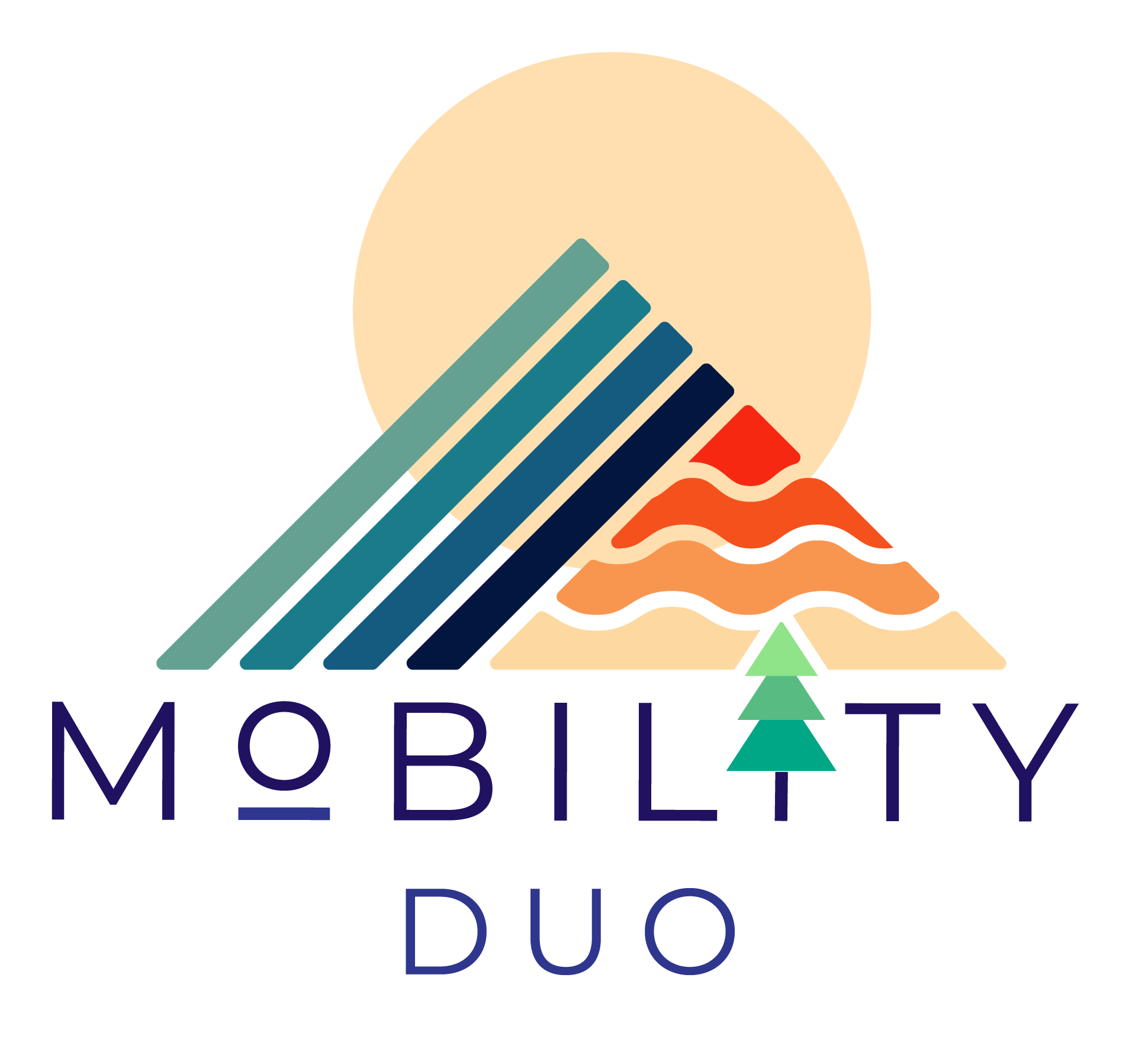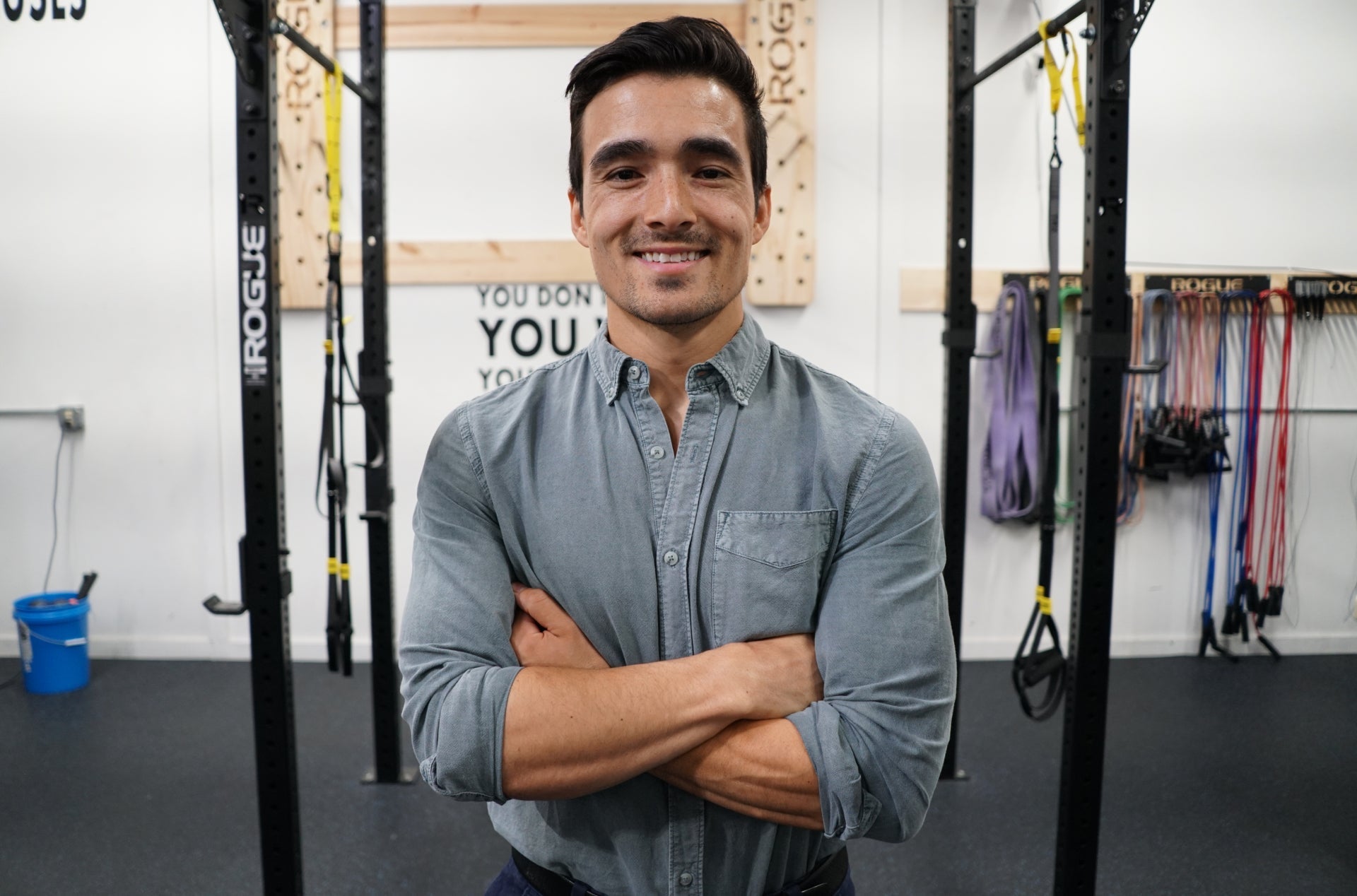Why this guide?
Whether you’re a beginner snowboarder, coming back after kids, or just tired of yard-sales on green runs, learning to stand smoothly from seated position is a huge quality-of-life upgrade. Done right, it’s quick, safe, and sets your stance for the next turn. Below you’ll get:
-
A clear, repeatable technique (with a snow “trench” for stability)
-
Dry-land progressions that make on-snow easier
-
Mobility + strength for the exact muscles you use (core, glutes, quads, ankles)
-
One-foot balance drills (chairlift exits, skating)
-
A simple plan to layer in SNOGA, Shred 4.0, and Bodyweight Strength with progressive overload
The gold-standard technique (heelside sit-to-stand)
Use this any time you’re sitting with the board across the hill, butt on the snow, and you want to get up efficiently—without sliding backward.
-
Set your board perpendicular to the fall line. If you’re even slightly diagonal, you’ll drift. Remember, the fall line is any direction that the board wants to move down fastest.
-
Dig a “trench” for stability. Use your heels to scrape/scoop a small shelf in the snow 2–4 inches deep. Think heel-edge parking brake.
-
Knees Bent, Hinge, Tall spine, Gaze up. Plant one or both hands lightly behind you (not on the board).
-
Stack & press. Pull your toes up (heels bite), brace your core (exhale), drive your glutes & quads forward as if doing a wall-sit in reverse.
-
Hips over board → stand. Keep knees over 2nd–3rd toes, chest up; stand to an athletic stance.
-
Micro-adjust. Small toe/heel wiggles to find edge pressure before you slide.
- Tighten Bindings. Re-tighten your bindings as there will be extra room after standing.
Pro tips
-
If you start to slide backward, reset the trench deeper or rotate the board more across the hill.
-
Cold, slick snow = more trench. Fresh, soft snow = a smaller scoop works fine.
-
Avoid grabbing high-backs/straps—they twist your pelvis and collapse the lift.
Toeside sit-to-stand (advanced)
Harder for most riders. Roll onto your knees with the board flat, tuck toes under your boots, plant hands in front, and push up while pressing toes into the snow. Keep hips over the board to avoid popping backward. Useful in deep snow or when you end up facing downhill.
Standing (advanced)
Eventually, you will be able to perform this movement after digging a trench without sitting. It requires an incredible amount of balance and core strength but is so much faster and efficient.

Why dry land is easier (and faster to learn)
-
Fewer variables. No sliding, wind, or cold hands.
-
More reps/minute. You can practice dozens of perfect sit-to-stands in 10 minutes.
-
Specific strength. The pattern is basically a squat + hollow-body brace; build it before you’re on ice.
Dry-land progression (10–15 minutes, 2–3×/week)
Phase A – Patterning (no board)
1) Box Sit-to-Stand (heels down) – 3×6–8 @ slow 3-1-3 tempo
2) Wall-Sit “Edge Switches” (heels lift/ toes lift) – 2×40s
3) Seated Hollow-Brace Pops (hands lightly behind you, exhale/brace, pop to half-squat) – 2×6
4) One Hand Bridges - Heels planted - 2x12
Phase B – Board feel (shoes on board)
5) Heelside Press-Ups on carpet/grass – 3×5 (toes flexed up, press through heels to stand)
6) “Trench” Simulation – put a yoga block/rolled towel behind your heels to mimic a snow shelf
7) Half-Stand Holds – 3×20–30s (pause with hips just above parallel, ribs stacked)
Phase C – One-foot control (chairlift exit prep)
8) Single-Leg Hinge to Reach – 2×6/side (balance + glute)
9) Star Taps – 2×5/side (light knee bend, tap floor to front/side/back)
10) Push-Scooter Drills – 3×20m (front foot planted, back foot scoots—swap stance)
The mobility you actually need
Ankles (dorsiflexion):
-
Knee-to-Wall Rocks – 2×10/side (keep heel down)
-
Calf Isometric Holds – 2×30–45s (mid-range; both straight- and bent-knee)
Hips:
-
90/90 Hip Switches – 2×8 (slow)
-
SNOGA: Low Lunge → Hamstring Bow – 2×30s each (breath-led)
T-spine (helps tall posture):
-
Open-Book Rotations – 2×8/side
Strength that carries over to the hill (12–15 minutes)
-
Goblet Squat (or Bodyweight Tempo Squat) – 3×6–10 @ 3-1-3
-
Hip Thrust / Glute Bridge – 3×8–12
-
Straight-Knee + Bent-Knee Calf Raises – 2×10 each
-
Anti-Rotation Press (Pallof) – 2×8–10/side (core “bracing” for the stand)
Make it progressive (overload)
-
Week to week, add +1 rep per set, or +2–5% load, or +1 set (choose one).
-
Every 4–5 weeks, deload: cut total work by ~30% for 5–7 days.
One-foot balance (the secret to clean get-ups & exits)
Chairlift exits, skating to the lift, and “resetting” on flats all require confident one-foot control.
-
Single-Leg RDL (reach to shin) – 3×6/side
-
Step-Downs (small box/curb) – 2×8/side (knee tracks over toes)
-
Heel-Toe Rocks on One Foot – 2×20s/side (quiet ankle, tall posture)
-
Line Hops (front/back) – 2×20s/side (start tiny)
On-snow practice plan (15–20 minutes on an easy green)
-
Warm-up SNOGA (4–5 min). Ankles, hips, T-spine.
-
Trench & Stand x10. Set a shelf with heels, perform 10 controlled sit-to-stands.
-
Half-Stand Holds x5. Pause for 3 seconds before fully standing.
-
Add a Glide. After standing, glide 10–15 feet, stop, sit, repeat.
-
Chairlift Exit Laps. One-foot skate to the side, reset, breathe.
Common fixes
-
Sliding backward? Board isn’t perpendicular / trench too shallow → reset.
-
Falling back on hands? Exhale/brace first, then press through heels.
-
Knees caving in? “Knees over laces” cue; narrow stance slightly.
How our programs plug in (and why they work)
-
SNOGA = Yoga For Snowboarders: With 2 live classes every week, over 400+ recorded classes to choose from and dedicated HIIT workouts this is the ultimate snowboarders program. Created by a Doctor of Physical Therapy, Yoga Instructor, Snowboard Instructor and diehard snowboarders. Looking to take your riding to the next level in the comfort of your home? Look no further.
-
Shred 4.0: Made for snowboarders, by snowboarders. This is the most comprehensive training system on the Internet covering all aspects of snowboarding from strength, mobility, endurance, balance and more. Stay injury free so you can keep shredding all season long.
-
Bodyweight Strength Program: Have you been searching for a dedicated program that utilizes ZERO equipment so you can maximize your time on the hill? Whether it's keeping up with your child or efficiency. We created a bodyweight strength program for those seeking an effective strength/ mobility program without all the thrills.
Stress that fits real life
-
Busy week? Hit two pillars: (1) Strength/Tendon (squats + calf) and (2) One-Foot Balance (5–8 min).
-
Plenty of time? Add the Intervals Block (6–8×30s brisk / 30–60s easy) to boost work capacity for longer days on snow.
Mini checklists
Sit-to-Stand Success
-
Board perpendicular to slope
-
Trench dug with heel edge
-
Exhale/brace before pressing
-
Heels press, toes up, hips forward
-
Stand tall & stacked, micro-adjust edges
5-Minute Pre-Ride
-
Knee-to-wall ×10/side → 90/90 ×8 → Open-Book ×8/side
-
Wall-sit edge switches ×40s → 2 half-stand holds ×20s
Medical disclaimer
This article is general education for snowboard athletes and is not medical advice. If you have pain, recent injury/surgery, dizziness, or medical conditions, consult your physician and physical therapist before starting or changing your program. Train in a safe area and progress gradually.






Leave a comment